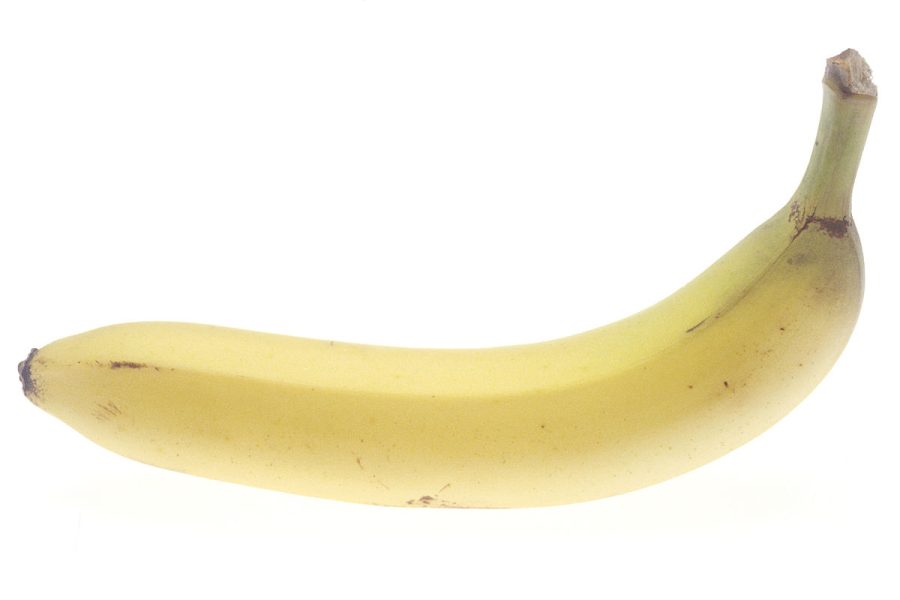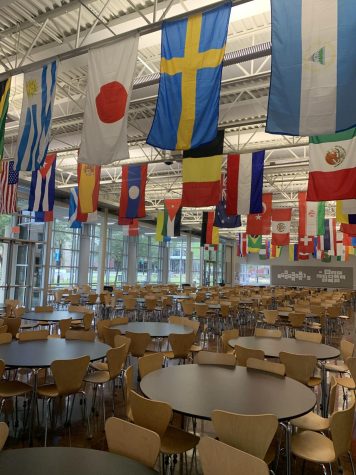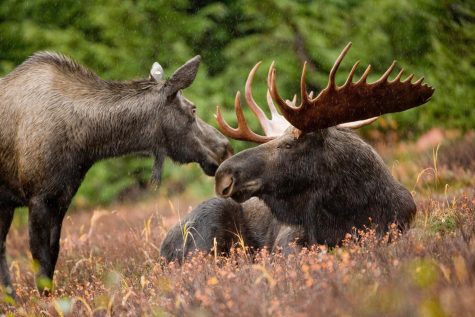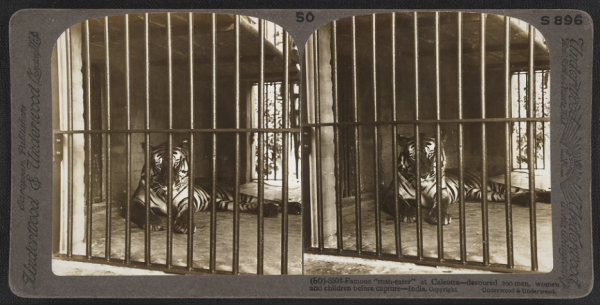Eat Your Bananas. They’re Just Ripe for Extinction
Banana
Everything in life is temporary. We live in a universe spiraling with ephemeral circumstances, a perpetual cycle of change and loss whose reality we grow to accept. Just like all the things we hold dear, even the most golden bananas face a brown, rotten demise when enough time slips past.
But beyond the peel, a dreadful fate on a much larger scale may be imminent for the statistically most popular fruit in America. Anyone who’s eaten a banana most likely had the Cavendish, the celebrity banana variety that dominates 99% of the world’s banana export. Due to its natural sterility, the industry relies on cloning—the reason for its ubiquity and its chances of getting irreversibly wiped off the face of the earth.
In other words, everyone knows the Cavendish because it’s by far the most commonly cultivated type of banana for human consumption. The unconditional love of the consumers comes with the cost of genetic diversity, its inherent defense against any environmental threats.
“With the exception of random mutations, crop bananas of one type are nearly identical on a genetic level,” explains Ms. Galloway, Cooper’s AP Biology, AP Environmental Science, and Epidemiology teacher. “A population with low genetic diversity also has very low tolerance to changing environmental factors. Bananas are susceptible to changing environmental conditions as well as disease.”
A banana plant and its thousand twins have the same natural capabilities—to put it figuratively, it only takes one bad apple to spoil the bunches. “Any pathogen able to exploit this has the chance to move quickly through a population and lead to a large reduction in numbers,” Ms. Galloway warns.
This possibility isn’t far off, with aggressive fungal infections like the Panama Disease or Black Sigatoka scattered worldwide. The former has already pulled the Gros Michel out of the spotlight—a predecessor type of banana whose reign over the industry ended in flames, literally, as farmers had to burn down afflicted plantations.
Another severe outbreak and Mom’s banana bread recipe could be antiquated. It wouldn’t be just a personal problem for potassium enthusiasts: it would topple a 25 billion-dollar industry. Babysitting bananas against disease already costs farms and companies millions of dollars while forcing them to use lavish amounts of fungicide and chemicals, which can be harmful.
Ms. Galloway notes that “the fruit is a staple for many developing and low socioeconomic regions globally.” Uganda is an example: according to research from Bioversity, Ugandan smallholders sell 40% of their production and eat the rest. Bioversity also found that three-quarters of smallholder farmers’ household incomes stem from this business in major banana-producing countries. “Limited numbers of bananas can lead to economic issues for families as well as food insecurity in these areas,” she concludes.
Still, things have not become entirely brown. Scientists are working to genetically engineer new varieties with both disease resistance and appeal for eating. The Cavendish’s future cousins might just round out the uniform population and offer new choices in the supermarket. The world awaits a banana split with a whole new meaning.









